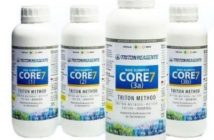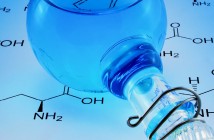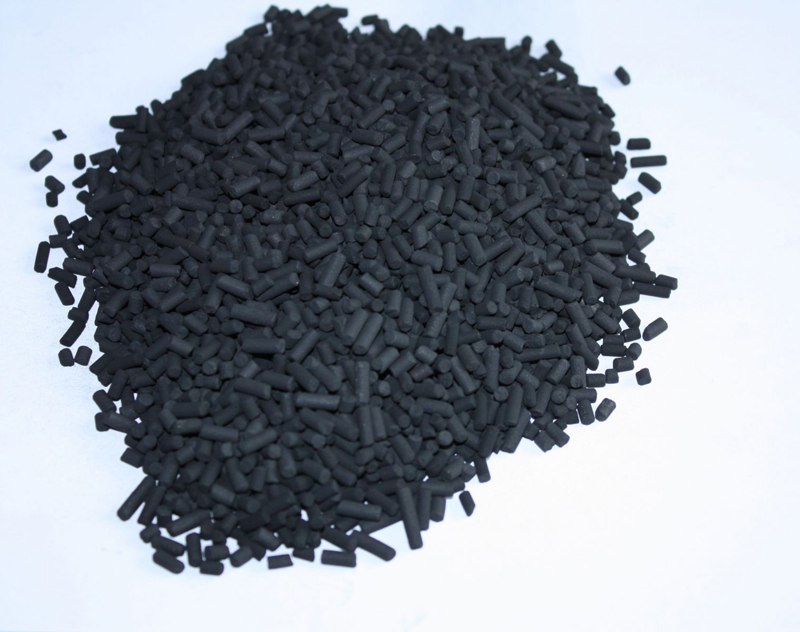Aquarium cycling (NOT the bicycle sport) is a term unknown to most outside of the aquatic world. But contrary to its lack of popularity, cycling a fish tank is arguably the heaviest factor every fish owner, beginner to expert has to master to have their fishes survive longer than a week.
What Exactly Is Cycling Your Fish Tank?
To cycle your fish tank is to remove all the toxic chemicals from your aquarium’s ecosystem by creating a healthy amount of beneficial bacteria as part of the tank’s biological filter.
This is very important because all newly set-up fish tanks have dangerously high amounts of toxins, namely ammonia. Which without cycling, will cause major stress and illness to your fishes leading to them potentially dying within a few days.
To sum up briefly, in a full cycling process the toxins in the water start off as ammonia (toxic), becomes nitrite (toxic), and finally gets digested to become nitrate (non-toxic).
In this guide, we’ll be teaching you the exact steps to the 2 types of cycling methods, all of the equipment you’ll need, and how to do all of this in the fastest and most reliable way.
There Are 2 Methods To Cycle Your Fish Tank:
- Cycling with fishes.
- Cycling without fishes

How To Cycle Your Fish Tank
Method 1: With Fish Cycling
We will begin with everything you would want in your fish tank to be already set up, minus the fishes (filters, heaters, air pumps, decorations, substrate).
1. Start By Introducing About 2- 3 Hardy Fishes Into Your Fish Tank.
Hardy fishes are very adaptable fishes that can survive in harsh or toxic environments. And for this purpose they are added because they can survive the high toxic waste in the aquarium.
The fishes are the main catalyst for this cycling method. They are able to survive long enough to produce waste that decays to culture beneficial bacteria, cleansing the toxins in the ecosystem.
Common hardy fishes: Zebra Danios, Minnows and most guppies are good hardy fishes to use.
2. Next, Feed The Fishes Thriftily.
Take note not to overfeed the fishes, we recommend feeding them once every few days. You cannot overfeed and have excess food leftover as:
- The fishes will produce more waste that increases toxin levels faster than the beneficial bacteria can grow.
- The food will decay and produce more toxins.
3. Regularly Change 10-20% Of The Water (Every 3-4 Days)
This regulates and lowers the toxic waste level in the aquarium. Take note to use treated dechlorinated water.
4. Lastly, Use The Test Measurement Kit To Measure Toxin Levels Of Ammonia And Nitrite.
Test the levels daily to keep track of the toxin levels, continue to maintain the upkeep until the toxin levels of both chemicals drop to a level so low that it becomes undetectable.
Ammonia levels should be below 0.5mg/L, and nitrite below 1mg/L.
Once you’ve reached an untraceable toxin level, you would have now successfully cycled your fish tank. You can now gradually add fishes that will be safe in a healthy aquarium!
This entire cycling process takes about 6-8 weeks to reach completion.
Method 2: Without Fish Cycling

This is considered the more humane option as it doesn’t expose fishes to dangerous toxic environments. This method involves adding biological waste manually, however it requires more patience to reach fruition.
Similarly, begin with your fish tank all set up, minus the fishes.
1. Start By Adding Fish Food Into The Tank.
Add the same amount as you would normally feed 3-4 fishes. Then you simply wait for the food to decay and release waste product into the water. This will take a few days and will produce beneficial bacteria growth.
2. Use The Measuring Test Kit To Measure Ammonia Levels.
You will need the ammonia level to be at least 3 PPM. If the level is too low, simply add more fish food and wait for it to decay.
3. Continue To Maintain The Ammonia Levels At 3PPM, And Start To Measure For Nitrite Levels.
Regularly test the ammonia levels and maintain the upkeep by adding more food if needed. Begin to measure nitrite levels after a week and regulate the same process until both ammonia and nitrite are almost zero.
Once again when both toxin levels decrease until they become untraceable, you would have completed your cycling process!
You can begin to add fishes slowly once that happens. Quite similar to the first method, ‘fishless’ cycling also take about 6-8 weeks to finish cycling.
Voila! You now know how to cycle your fish tank. But we’ve got one more thing…
Cheat Cycling Hack

Many seasoned fish experts have looked for ways to speed up the entire cycling process and here are 3 of the most effective hacks to have a faster cycle.
- Take filter cartridges and pads from a mature fish tank and bring it over to your new aquarium. This basically ‘creates’ an immediate entire bacteria bed of beneficial bacteria.
- Add substrate (gravel) from an established tank into your new set-up. Similarly it imports fully grown beneficial bacteria.
- Lastly, add live plants into your new aquarium to promote enhanced bacteria growth.
Using these methods if you have the means, you’d be able to shave off a few weeks time in cycling your fish tank.
And That’s It!
In terms of which method is better, both are equal in result and time, so it really depends on your personal preference.
One last tip we have is we recommend against using any chemicals or artificial bacteria boosters in an attempt to speed up the procedure. This tends to weaken the stability of your aquarium’s ecosystem and leads to more problems for your fishes in the future.
And that’s it! You now know as much about how to cycle a fish tank as the next fish expert would. Let’s get cycling!





